Isaac aims to help our users overcome the unique challenges posed by COVID 19 in the following ways:
Communication
All elderly people have been advised to cocoon during this time to avoid contracting COVID-19, meaning they are facing intense social exclusion. Isaac facilitates simple, easy communication through its circles of care which are tailored for each care recipient. The care recipient themselves can be a part of a circle of care and use this to communicate easily with friends/family members. This is especially important now as older people are relying more on friends and family for basic necessities.
Facilitating GP Calls during COVID-19 with Vital Recording
Efficient monitoring of vital signs such as blood pressure, temperature, blood oxygen, and weight at home can help GPs during phone consultations. This is especially relevant during the current pandemic as doctors are relying on phone consultations more than ever. Isaac can record vital information over time so changes in readings can be highlighted as an early warning system.
Social Prescribing
As people are spending more and more time at home, it is important to keep everyone involved in local community events and news. ISAAC’s social prescribing feature allows users to access local news sites and websites of interest, in a user friendly way.
Fall Detection and Motion Sensors
Motion sensors installed in the home allow families to keep track of their loved one’s movements. The motion sensors detect a person’s movement from one room to the next and will send out an alert if there is any change in activity that could be a fall. This, combined with the wearable falls detection device which is worn around the neck which features a call button and a fall detector inside it, aims to detect falls early. The risk of falls is a huge worry during COVID-19 as families can’t check in on their loved ones in person, the use of this technology aims to detect falls early and reduce anxiety.
Connecting Care Recipients
ISAAC connects our care recipients, homecare workers and family and friends.





